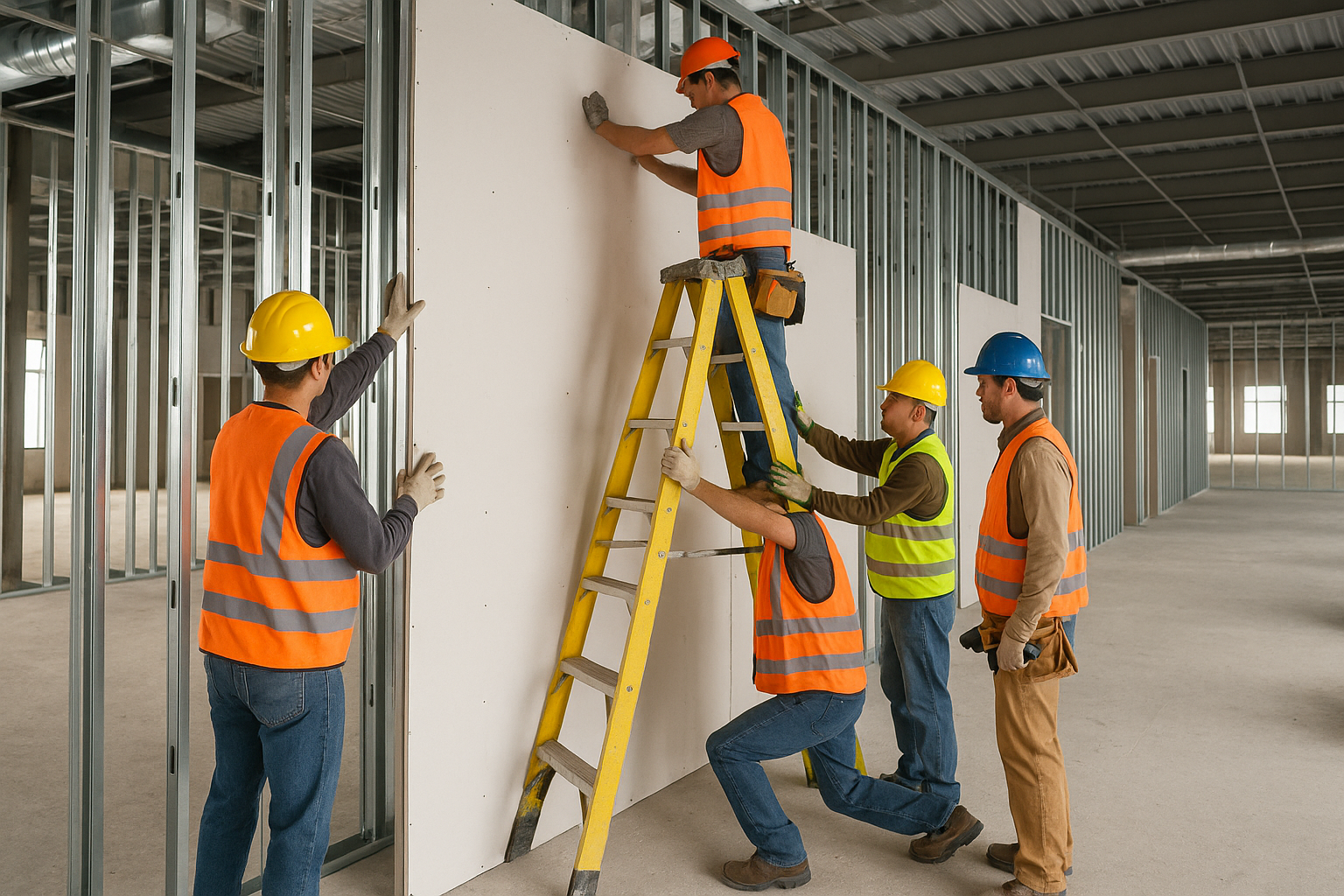
Curved surfaces in modern architecture present a unique challenge for construction professionals—particularly when it comes to accurate drywall estimating. Unlike flat walls and ceilings, curved features demand specialized materials, more precise measurements, and adjusted labor considerations. For architects, engineers, and general contractors, failing to account for these complexities in early-stage estimates can lead to budget overruns and delays that disrupt project flow.
Drywall installation on curved surfaces is inherently more labor-intensive and technically demanding than flat assemblies. These architectural features may include domed ceilings, radius walls, spirals, or elliptical soffits—all of which require custom handling.
Professionals often overlook or underestimate these critical factors during the estimating process:
Conventional estimating workflows often rely on standard wall types and fixed assemblies, which don’t account for the organic nature of curves. Instead, a data-driven approach, like that used in Active Estimating, provides the ability to track deviations in design from the outset.
To improve cost certainty and build more trust with stakeholders, estimators should:
Estimators and project teams now have tools that provide a “glass box” experience, eliminating the guesswork around high-complexity areas like curved drywall. These solutions harmonize model-based data with experiential knowledge and allow multiple estimate iterations without resetting the process.
This level of control enhances trust between stakeholders and supports more accurate preconstruction planning.
By accurately estimating curved surfaces using a refined, intelligent process, professionals can expect:
Curved surfaces may elevate the architectural aesthetics of a project, but they also require a precise approach to cost estimation. General contractors, architects, and engineers who adopt modern methods can overcome these complexities and deliver high-impact projects on time and within budget.
Whether you’re designing a sweeping dome or specifying a radiused bulkhead, choosing the right drywall estimating solution is key to success.
Richard Schoener
richard@activeestimating.com
(530) 601-7899
Active Estimating
508 2nd Street, Suite 208
Davis, California 95616
https://www.activeestimating.com/
https://www.activeestimating.com/drywall-estimating-software
Schedule a personalized demo to see how Active Estimating can work for your specific needs.
